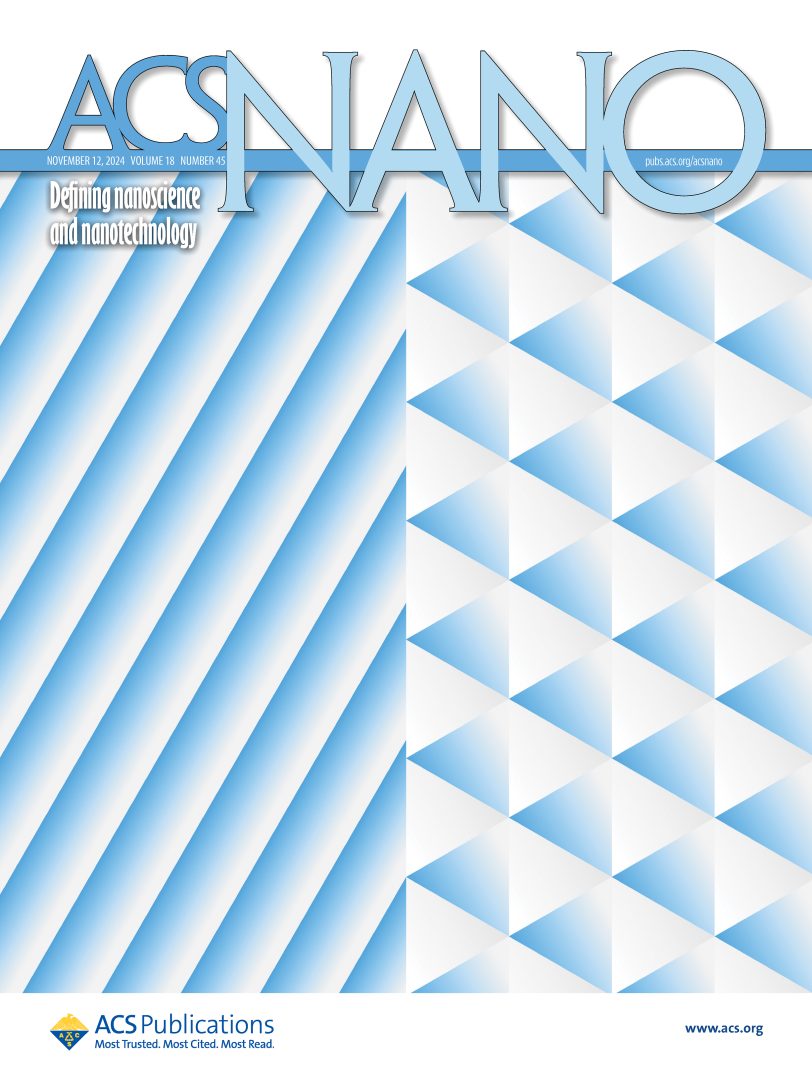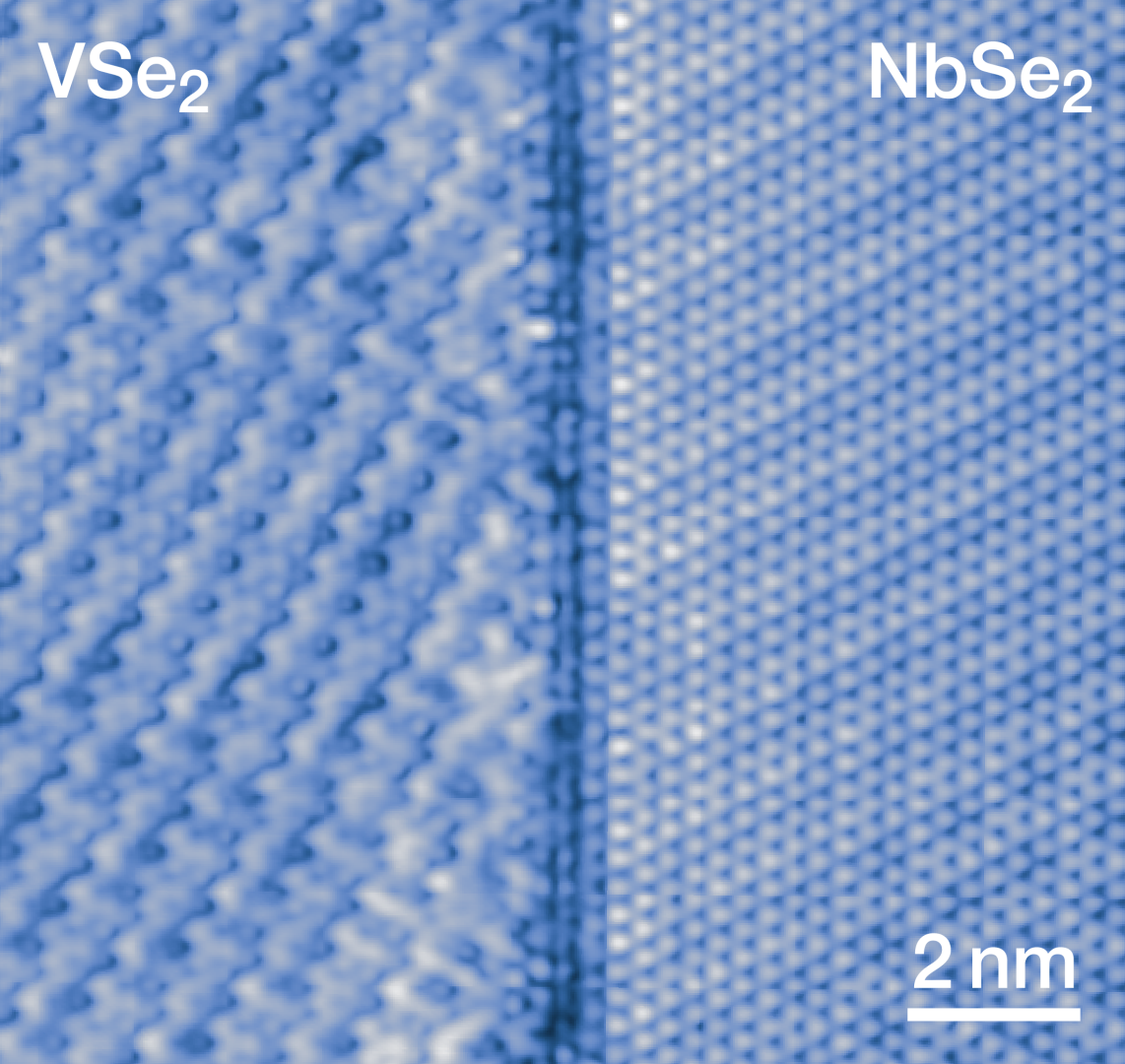Xin Huang not only explores the convergence of two-dimensional materials, but also how quantum physics can be illustrated utilising clean and simple graphic design
Aalto University doctoral researcher Xin Huang’s work deals in the atomically thin interfaces of van der Waals heterostructures and the surprising physics that arises therein.
But Huang is also interested in how beautiful and simple designs can be used to communicate complex ideas. As part of his paper published in the journal ACS Nano in November, Huang knew he wanted to try something different when planning visual aids.
“You often see researchers using 3D renderings to depict their work, which does a good job. But I wanted to try to do something unique with this paper,” Huang says. “I think simple and beautiful design can encourage readers to dig deeper – even if it is a topic they are unfamiliar with.”
Drawing inspiration from minimalistic physics textbook covers from the mid-century, Huang began planning how to adapt his designs to the research topic in a similar way.


The design
While browsing design styles, Huang zeroed in on the “golden era” of graphic design for book covers. The influence of the era made its way into science textbook designs; notable examples Huang references include the 1950s editions of Enrico Fermi’s “Thermodynamics,” or Max Planck’s “The Theory of Radiation.”
These covers achieved something Huang would later adapt for his final iteration: a clean layout characterised by bold font faces, geometric shapes, and colour blocking. Their planar design echoes the subject of the research on 2D materials. And it would be well worth the effort, as ACS Nano selected Huang’s design to be the featured cover image of a November issue.
“The final version illustrates the two different types of charge density waves of each of the two materials,” he says. “It’s kind of an abstract illustration, but the hope is that it would get people to actually click through to read about the research.”

“I think simple and beautiful design can encourage readers to dig deeper – even if it is a topic they are unfamiliar with.”
Xin Huang
The research
As the title suggests, the paper explores the electronic interactions between the lateral interface of vanadium diselenide (VSe2) and niobium diselenide (NbSe2) single-layer films. While these types of van der Waals heterostructures are typically stacked vertically, Huang said he was interested in seeing what happens when you place them side-by-side.
“It was difficult to grow these atomically sharp edges – it’s a bit like frying two eggs next to each other while trying to maintain a perfectly straight line between them. The borders want to deform,” Huang says.
After refining his molecular beam epitaxy techniques, Huang managed to pull off the atomically sharp border between the two materials, revealing exotic electronic states, and even ripples of Kondo resonances.
Huang’s work utilised research equipment in OtaNano’s Nanomicroscopy Center. OtaNano is Finland’s national research infrastructure for micro-, nano-, and quantum technologies, and it comprises the Low Temperature Laboratory, Micronova and the Nanomicroscopy Center.
Huang is a doctoral researcher at the Department of Applied Physics at Aalto University.
Paper details:
Atomically Sharp 1D Interfaces in 2D Lateral Heterostructures of VSe2─NbSe2 Monolayers
Xin Huang, Héctor González-Herrero, Orlando J. Silveira, Shawulienu Kezilebieke, Peter Liljeroth, and Jani Sainio
ACS Nano 2024 18 (45), 31300-31308
DOI: 10.1021/acsnano.4c10302




